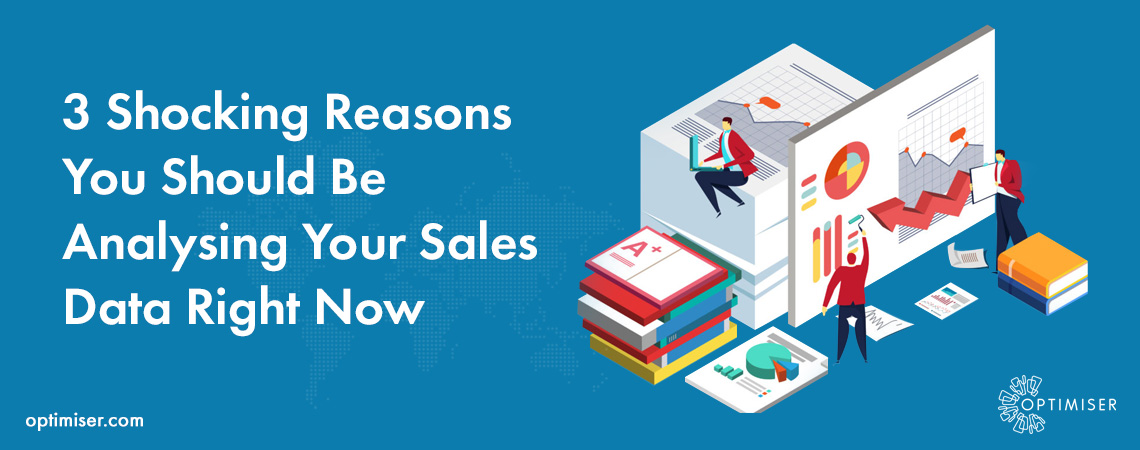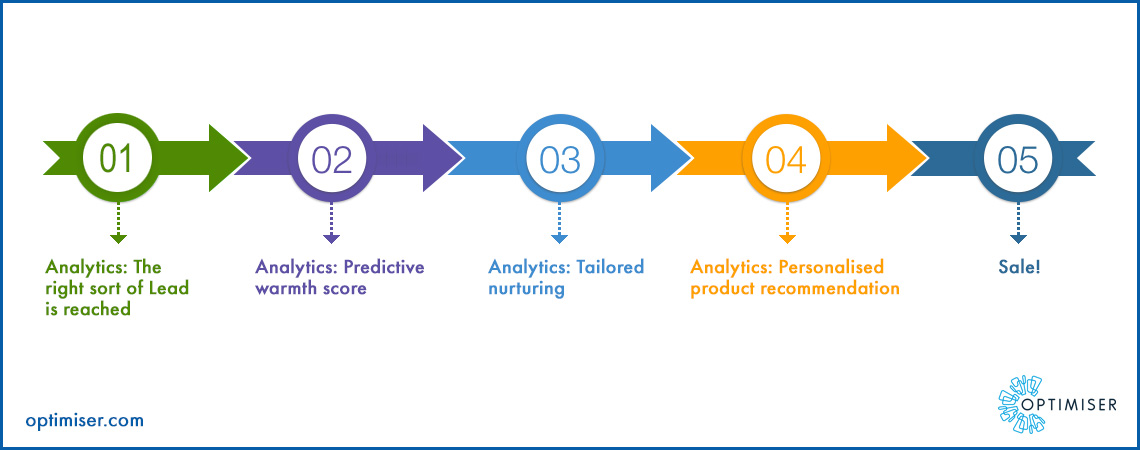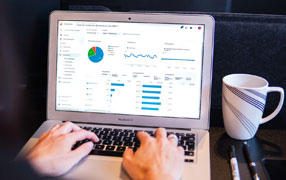
Sales CRM
3 Shocking Reasons You Should Be Analysing Your Sales Data Right Now
What is an example of a data analytics tool?
3 shocking reasons you should analyse sales data
How do I begin to Analyse my Sales Data?
Sales data refers to information collected about customers, leads and the sales funnel process throughout the lead onboarding and customer relationship management process.
Sales data can be collected from anywhere. However, most companies may find that their CRM and email platforms are the primary locations to discover the most detailed insights about their sales department.
These lead management insights can range anywhere from understanding the primary lead funnels, to creating strong contact networks that enable increased proxy sales. The best CRM for enterprise sales is the one that allows sales reps to make the most of pre-existing connections: reducing the large expenditure that goes toward onboarding new leads.
Most companies use data analytics tools to understand what their collected data is telling them. Instead of spending time on complex spreadsheets, manual data entries and analysis using the in-built charts and equation functions, data analytics tools are the most effective modern solutions that every business should consider.
What is an Example of a Data Analytics Tool?
One example of a data analytics tool is Optimiser’s CRM Analytics module. The core CRM is fully integrated with each of the solution suites available in Optimiser’s customisable subscription. This implies that the use of analytics can be deployed in any part of the business as and when it's required.

Analytics can be applied to sales data to help sales managers understand the following vital aspects.
- Amount of revenue generated
- Communication frequency
- Pipeline success
- Average sale size
- Lead conversion rates and timeline
CRM is undoubtedly the most effective data collection tool. It helps to prepare data for analysis by automatically gathering and sorting it into manageable fields. CRM is accessible from most devices as it is often cloud-based, meaning data analytics can be created and accessed on the go from anywhere in the world when needed. The more data that’s collected in the CRM, the more detailed and accurate your analytics and forecasts will be- so it’s best to begin your data analytics journey right away!
3 Shocking Reasons You Should Analyse Sales Data
More Revenue
- This benefit is one that will be of interest to any sales manager reading this, no matter the industry or nature of their business. If you aren’t already analysing sales data, your actual revenue will be much lower than the projections predicted before implementation.
- Sales analytics help sales reps and their managers to understand how leads react to different selling techniques to single out the most effective ones.
- These technique insights can range from how frequently a lead should be contacted, to which products or services leads tend to find the most valuable about your business.
- You can also identify which leads are the most likely to result in a sale with predictive lead scoring, and allocate resources to prioritise onboarding those accounts.
- By optimising the customer relationship, sales reps can hope to convert more leads using the fewest resources possible, make personalised product recommendations, and convert more leads into valuable brand advocates.
Easier Sales
- If you aren’t analysing sales data, it is likely that the potential sales are passing right underneath your nose without you even realising.
- Sales are made easier with a heightened understanding of who your leads are, how they have come to interact with your brand, and why they are interested in your product or service.
- Analyse the web of account connections to make proxy sales to linked businesses.
- A thorough record of purchasing history allows sales reps to target pre-made customer relationships when it is the optimum time for another sale or subscription renewal.
Better Messaging/ Branding
- Finally, without understanding what your sales data is telling you about the success of your messaging you could be driving away the leads you need and attracting the wrong sort of customers entirely.
- By understanding exactly what the audience is looking for from your brand, you can tailor the branding and messaging over social media and email campaigns: using sales data to improve marketing successes and generate more relevant leads.
- Tailor communication frequency to nurture leads and stay in contact with customers with fewer unsubscriptions and drop-offs.

How Do I Begin To Analyse My Sales Data?
- First of all, subscribe to a CRM provider that offers integrated sales tools for a simple, all-in-one approach to analyse sales data. With pre-made integrations, all data collected from your digital sales tools will automatically be transferred to your CRM to be sorted and analysed.
- Ensure that reps are fully-trained to keep an accurate record of their sales activity. It’s vital to help them understand and utilise the report function to gain insights into the best course of action plan for each lead.
- Become accustomed to using CRM reports to govern your departmental KPIs and ensure sales are matching or out-performing estimations on the success you could be achieving.
- Continue your use of the sales software and CRM every day in order to help these tools reach their maximum potential for analytics and forecasts.
Optimiser is a comprehensive CRM software company, providing businesses a customisable solution to their personal goals for sales, productivity, and growth. Powerful integrated modules include lead management software, a B2B sales toolkit, automated marketing suite and more for sale under a single subscription. Try Optimiser’s CRM software demo with access to the full Enterprise Licence FREE for 30 days, and find out how you can skyrocket productivity in just one month!

30 days free trial. No credit card required
 One powerful platform
One powerful platform
 Simple to use
Simple to use
 Comprehensive
Comprehensive



